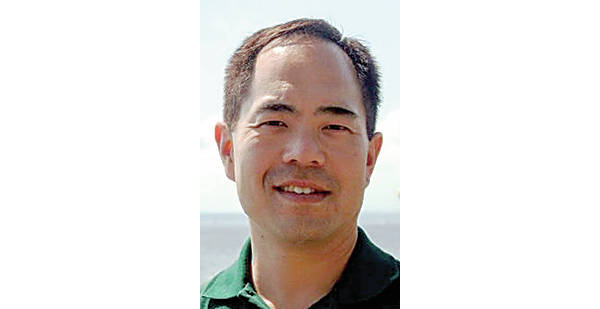After East Hawaii’s rainy season got underway with a drier-than-usual October, November saw the cloudbursts predicted by the National Weather Service, with mostly above-average rainfall totals on the Big Island’s windward side.
The slopes of the South Kona district, also known as the Kona coffee belt, also received what NWS hydrologist Kevin Kodama described as “well-above-average rainfall.”
According to Kodama, several low-pressure systems were the cause of the rain in East Hawaii.
“The most significant of these occurred during the period from Nov. 22 through 26, during a period of fresh to strong trade winds,” he said. Kodama added that most of North Hilo, South Hilo and Puna got between 5 and 10 inches of rain during that period. He added that there were sufficient gaps between showers to keep flooding from occurring.
There were 11 windward Big Island rain gauges that received more than 20 inches of rain during November, according to Kodama.
Leading the way was Mountain View, with 28.44 inches, almost 6 1/2 times the 4.43 inches the upper Puna village received in October — and 150% of its average November rainfall.
Hilo International Airport, which received only 4.82 inches of rain in October, about half its norm, made up for it in November, with 18.79 inches.
The November rainfall brings most windward Big Island areas close to normal precipitation totals for the year.
The four Kona coffee belt rain gauges all had more than twice their usual November totals.
Waiaha recorded 11.79 inches of rain last month, more than four times its November norm. Kealakekua tallied 8.37 inches, Kainaliu received 7.3 inches, and Honaunau had slightly more than 7 inches.
Kodama said most of the heavy rainfall in South Kona occurred on Nov. 26 after sunset, with “minor flooding.”
“While afternoon showers are not uncommon along the Kona slopes, unstable conditions aloft helped ratchet up the intensities of these showers,” he said.
The bountiful precipitation totals, however, bypassed Ka‘u, North Kona and South Kohala.
Ellison Onizuka Kona International Airport at Keahole, which usually greets visitors with sunshine, was even drier than usual. Its rain gauge measured just 0.95 inches, 74% of its norm.
Pahala was unseasonably dry, as well, recording just 2.74 inches of rain, 35% of its average November total.
And Waikoloa, which usually gets slightly more than an inch of rain in November, got no rain at all last month.
Kodama said South Kohala remains in extreme drought — a D3 designation on the U.S. drought monitor map — with vegetation “reported to be in very poor condition.”
Email John Burnett at jburnett@hawaiitribune-herald.com.

